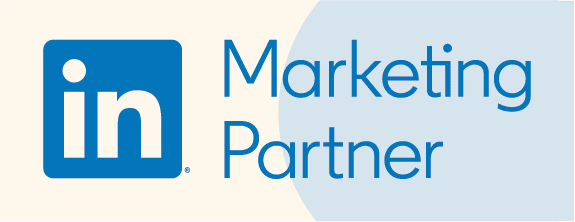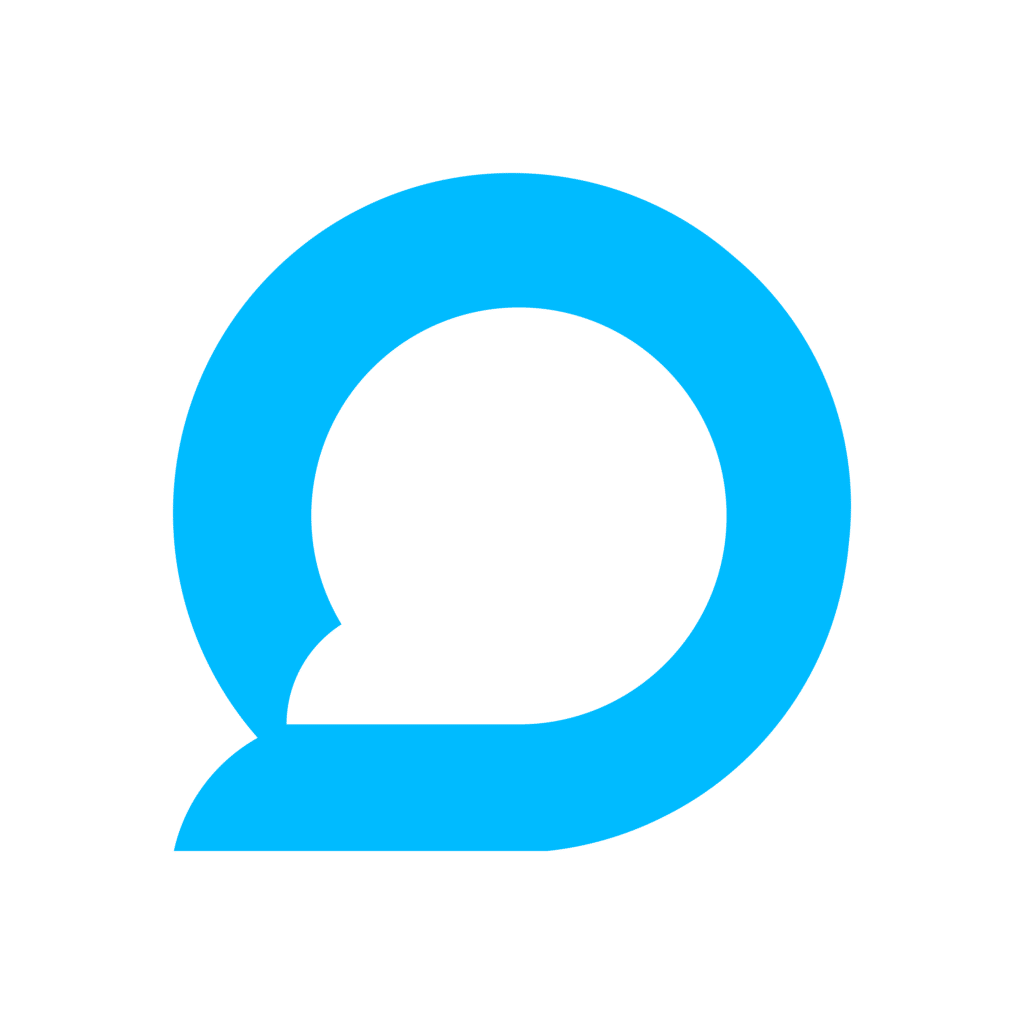“I know I should be thinking about the customer journey when I’m setting up my marketing strategy… but I don’t know how… can you help me?”
At Digivizer, we get asked that a lot. Whether you’re an experienced Marketing Manager or new to the digital landscape, you probably already understand the need to create a seamless customer journey. But with fragmented touch points across multiple channels and campaigns, it’s often hard to set up that journey.
How can I build a customer journey? What elements should I consider?
In traditional selling, people understand there is a sales funnel. Taking someone from a prospect, through the steps of a relationship, to the proposal and the order acceptance. The same thinking and logic applies in Digital.
We’ve found that customers can digitally “touch” a business anywhere from five to thirty times before they make a purchase decision. Five or six is about average for most businesses.
Read more: 5 best practice insights from social leaders
With the help of a lot of whiteboard markers and arrows, you can map those touchpoints into a sales funnel, so you can more accurately measure how and where your marketing spend is – or isn’t – working.

Assume on a scale of 0-100, the customer starts at zero. They don’t know you and they don’t know your product or service. Then one day, they come up against a problem, and they start searching for a solution. You want to be that solution. You want to get the customer to 100.
We think about the funnel from top to bottom, as that’s how a customer’s journey often goes.
First stage: Awareness
At this stage, you want to be presenting yourself to as many potential customers as possible. Many ad campaigns focus on awareness, producing videos (often the lowest cost way to reach maximum people), broad interest blogs, free trials, and more, across both social media and Search Advertising (SEM) and Display Ads.
You need to be found when your customer is looking. If a customer googles “how to fix sink”, you want your plumbing business to be on page 1; if they search nearby plumbers on Facebook, you want your latest social media posts to appear. Maybe you’ve even got a 30-second video tutorial on basic homecare maintenance right there for them to attempt a DIY.
You also need to be entertaining. At this stage of the funnel, customers are passively unaware, and you’re interrupting – so you must make them care enough to take notice and engage. If they do engage, it makes the next stages of the funnel even cheaper through retargeting.
Read more: 6 tips for creating B2B content marketing
Second stage: Consideration
This is when you’re aiming to get customers to click through from your basic social media feeds and search advertising & display ads and actually land on your webpage. Call it 30-70 on the scale. Blogs, infographics, FAQs and research papers are commonly placed here, with more in-depth strategy or information that proves you know what you’re talking about. This is where you build your credibility. Think about what they would need to know about you to determine why to buy from you.
#digitip: “Learn more” is the best Call to Action in marketing. Use that on your ads and social media posts to drive traffic to content you own and control (and remarket from there!).
Read more: There is no best time to post on Facebook
Third stage: Conversion
‘The pointy end’. This is approaching 100 on the scale. This stage is where the customer is ready to look at prices and, hopefully, purchase.
Good search advertising & display ads display strategies could bring the customer into the funnel at this point, if they know what they want. This is where you need the journey to be simple – eg. book your appointment here, click here to buy a photobook, enter your email here to get updates on an app.
#digitip: When it comes time to implement your marketing, always build this part of the customer journey first. If you don’t have this in place, you’ll have prospects in the middle of your funnel not going anywhere. That’s where it all falls apart.
Fourth (hidden) stage: Nurturing
The customer journey doesn’t end after the sale. Not only do you want them to come back to you next time they have a problem, you want them to refer their friends to you as well. This is the fourth, often hidden stage at the pointy end of the sales funnel that we call the Nurturing stage.
It’s where you can target customers with “value add” things like direct email marketing campaigns with helpful information – information to ensure they don’t forget you, that you are adding value to them and that you’re still providing service and support.
#digitip: when building and implementing the funnel in your sales process, actually build it from the bottom up – start with converting and nurturing your leads, how you work with customers one-to-one, then expand from there.
Take the time to plan the customer journey. Recognise there are stages to take a customer from “don’t know/don’t care”, to “I see why I need you and I am prepared now to buy from you”, to being a true advocate and loyal customer.




